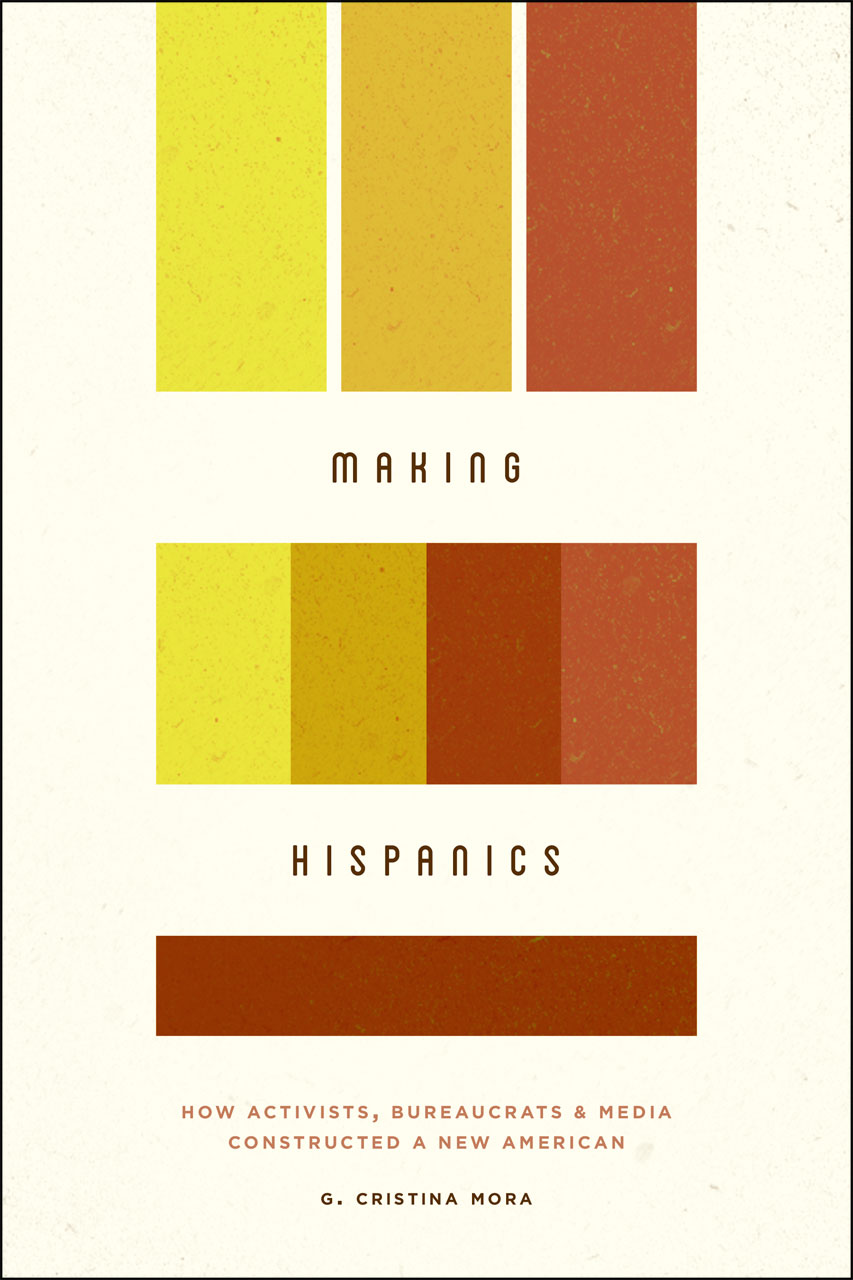Are Latinos Really Turning White?Posted in Articles, Census/Demographics, Latino Studies, Media Archive, Social Science, United States on 2014-06-05 14:50Z by Steven |
Are Latinos Really Turning White?
Latino Voices
The Huffington Post
2014-05-29
Manuel Pastor, Professor of Sociology and American Studies
University of Southern California
Writing for The New York Times, Nate Cohn recently reported that more Hispanics are identifying as white. The piece—which even includes a cute graphic in which a (presumably Latino) man steps from one square to another, miraculously becomes white, and then rises up to the sky—suggests that this may be “new evidence consistent with the theory that Hispanics may assimilate as white Americans, like the Italians or Irish….”
That’s interesting (and colorful), to be sure. But as I often tell my data staff, when you discover a surprising fact, you could be on to something—but you could also just be wrong.
Cohn’s analysis is actually a few steps removed, which may explain part of the problem. He bases his discussion on a summary offered by the Pew Research Center, which was in turn reporting on a presentation given at the annual meetings of the Population Association of America.
The underlying research is novel in several ways, one of which is that it links individual answers on the 2000 Census with the answers those same individuals gave when administered the Census in 2010.
It turns out that 2.5 million Americans who marked Hispanic and “some other race” in 2000 indicated that they were Hispanic and white a decade later; while another 1.3 million people flipped the other way, it’s still a large net gain—about 3.5 percent of the Latino population in the year 2000.
So what happened? Perhaps assimilation is indeed alive and well? Maybe the racial threats posed by anti-immigrant rhetoric led some Hispanics to become defensively white? Maybe it’s young people who became adults over the course of the decade and finally got a chance to choose their identity rather than have it chosen by the head of their household?
Or maybe the question changed…
Read the entire article here.

